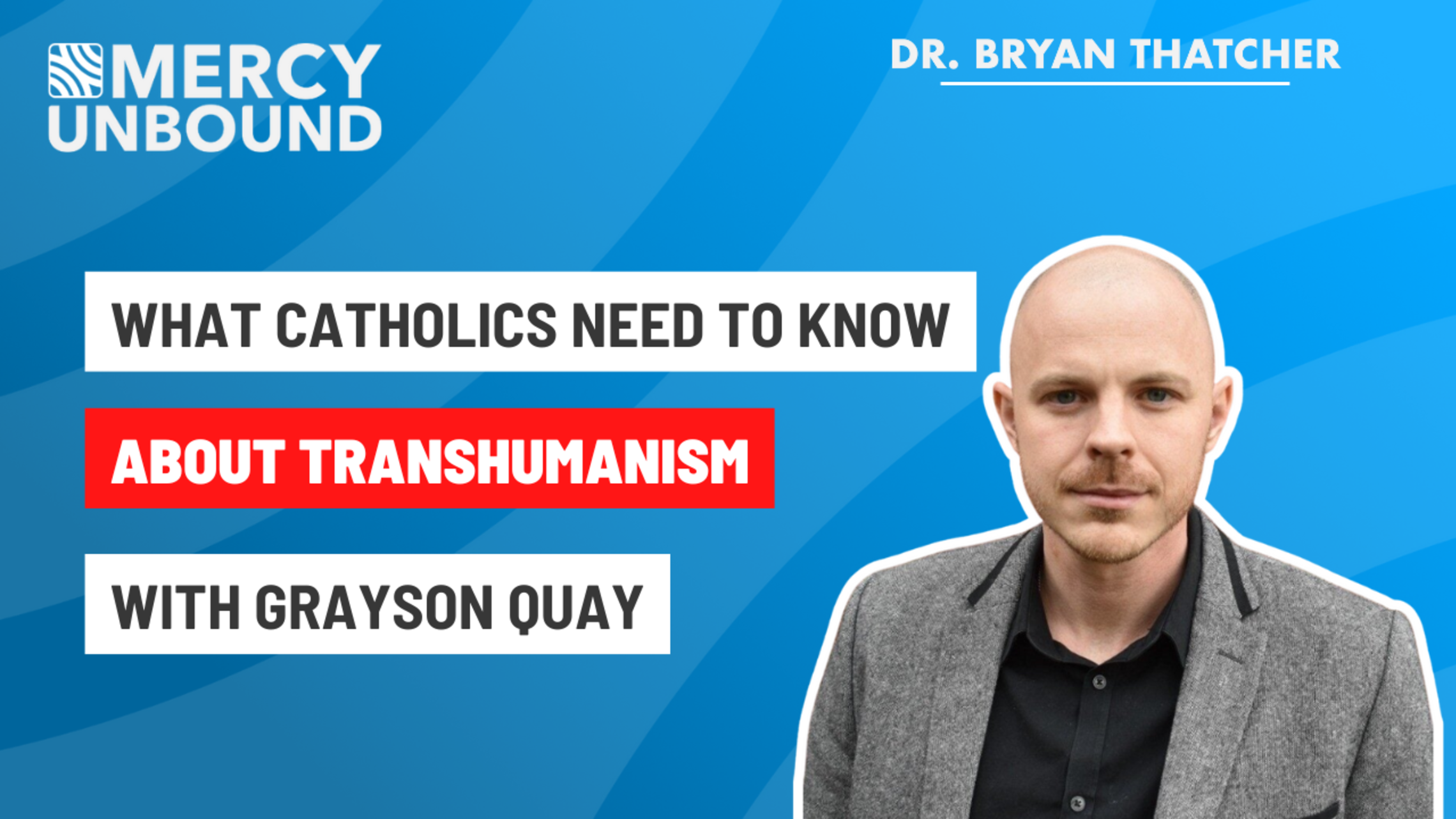Episode 173, A Spiritual Journey Through the Stations of the Eucharist
Denise Mercado is an award-winning author, blogger, widow, mother, and grandmother. Born and raised in New York, she has traveled extensively as the wife of a U.S. military serviceman.
In this episode, we discuss her new book, “The Stations of the Eucharist,” which explores twelve significant biblical events that prefigure or illuminate the mystery of the Eucharist. This book is a valuable resource for a deeper understanding and love for the Blessed Sacrament. You can order the book and learn more about Denise online at denisemercado.com.
Sacrifice of the Mass
The first station begins with Melchizedek, the priest and king of Salem, who offers bread and wine in thanksgiving for Abram’s victory in battle. This offering prefigures the Holy Sacrifice of the Mass.
During the Eucharistic Prayer, we hear the words: “Look with favor on these offerings and accept them as once you accepted the gifts of your servant Abel, the sacrifice of Abraham, our father in faith, and the bread and wine offered by your priest Melchizedek.”
The Jewish Passover
The second station reflects on the Jewish Passover. As we recall, Moses was sent to Pharaoh to demand the release of the Israelites. After a series of plagues, Pharaoh relented only following the death of Egypt’s firstborns. The Jewish people were spared through the blood of the lamb, marked on their doorposts, so that the angel of death would “pass over” their homes.
To this day, Passover is commemorated with unleavened bread and the sacrifice of an unblemished lamb. In the new covenant, Jesus becomes the priest and the sacrifice—the true paschal lamb. At the Last Supper and on Good Friday, this fulfillment is made. As John the Baptist proclaimed, “Behold, the Lamb of God,” and in the Holy Eucharist, we partake of that very lamb.
Manna From Heaven
The third station recalls the manna from heaven, the miraculous bread that sustained the Israelites in the desert. God instructed them to gather only what they needed for each day, except before the Sabbath when a double portion would suffice. This daily bread was a sign pointing forward to the true bread from Heaven, which we receive in the Holy Eucharist.
Temple in Jerusalem
The fourth station turns our attention to the temple in Jerusalem. The construction of Solomon’s Temple was around 970 BC and was eventually destroyed by the Babylonians in 586 BC. When Solomon was allowed to ask the Lord for anything, he humbly chose wisdom—an example that still inspires people to this day.
Additional shared stories include the “Holy of Holies,” the inner sanctuary of the temple, and the solemn Feast of Atonement. In these stories and similar ones, including about the prophet Elijah and the hearth cakes, we are drawing a rich connection to the Transfiguration, where Elijah represents the old covenant, preparing the way for Christ.
“The Stations of the Eucharist” is an inspiring book that guides readers on a deeply spiritual journey, one that unites Scripture, tradition and Eucharistic theology in meaningful and accessible ways. It helps to illuminate the profound connections between the Old and New Testaments and the Eucharist - a divine mystery at the heart of our faith.



